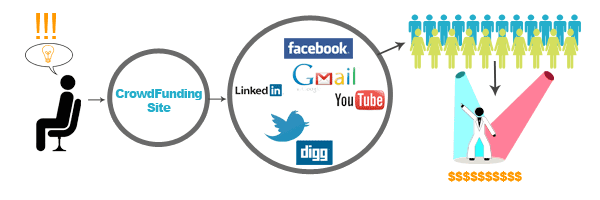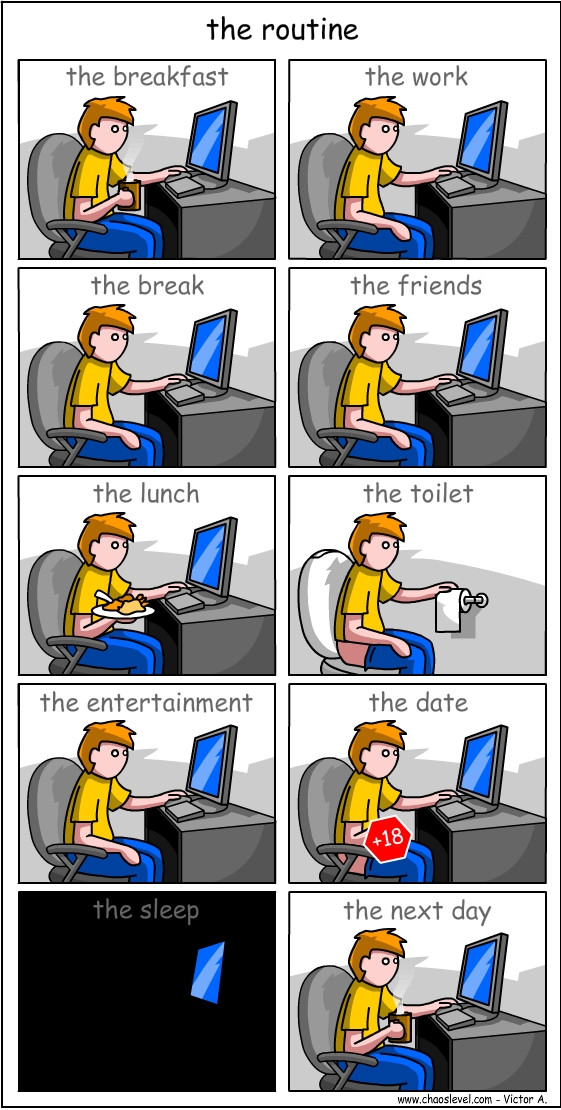Giving, or philanthropy, is nothing new. It has been going on for ages. People, institutions and governments have been donating money and resources to their families and their communities since thousands of years. But today, as we move into the 21st century, we are more connected with each other than ever before in the history of mankind. Through technology solutions like the internet, mobile phones and other connected devices, the whole world is more united than it ever was.
The topic of this article is to discuss and debate the role technology will play in giving and philanthropy in the coming decades. There have already been some examples of how technology can help connect people from different parts of the world and promote giving in unique ways that wasn’t possible even 20 years ago. Kiva, DonorsChoose and Kickstarter are just a few of the examples who have come up in developed countries like the US and the UK and connected donors from these countries to small entrepreneurs in countries like Mexico, India, China and from Africa.
One difference which we can credit technology for is moving giving from a local to a global landscape. Traditionally, giving and philanthropy has been limited to your local communities. But now it is possible for you to be earning a handsome income living in New York while supporting three projects in Brazil, India and Kenya, all at the same time. See this amazing visualization of what happens when 620,000 lenders fund 615,000 entrepreneurs, students and other microfinance borrowers around the world.
See the below video to see how Kiva works
Apart from dedicated giving networks and organizations like Kiva, the advent of social networking and smart phones have helped in spreading information and news about various giving opportunities around the world. They have been effective in spreading these news like wildfire where traditional media would not have been effective, and have also managed to raise large amounts of money by getting small contributions from individuals like you and me.
In the developing world, where smart phones and internet are still not readily available, it has not stopped people from devising new and innovative ways to develop technological solutions using just sms and phone calls. SMS has been used to gather people together and spreading news about an event to a large number of people. SMS based solutions, like a farmer turning ON and OFF his tubewell, just by sending an SMS rather than walking 5km in his field, are also making a big value addition in the lives of people.
Even with all that, I would say that we have just seen the tip of the iceberg in using technology to facilitate giving. There are a lot of imaginative ideas being developed as I write this article. For example, PlayMob, a tech company launched its GiverBoard platform designed for charities and game developers, linking them to design giving opportunities within the game itself. And it is not asking gamers to give donations, but has linked charity with buying products within the game itself that supports a good cause.
Going into the 21st century, it would be interesting to see new innovative and disruptive attempts to create networks and platforms for doing good, and not just by providing a technology solution to fundraising. If we are able to inculcate giving and doing good into our daily activities rather than creating separate fundraising platforms, it would connect a lot more people, generate a lot more money and resources, and make businesses and people feel good about the business and transactions they are doing.
I am waiting to hear news about such disruptive solutions popping up in different parts of the world in the coming decades. I am waiting for not just the Giving world to change for the better, but also for the time when our daily activities leave us feeling good and grateful for our contribution.



